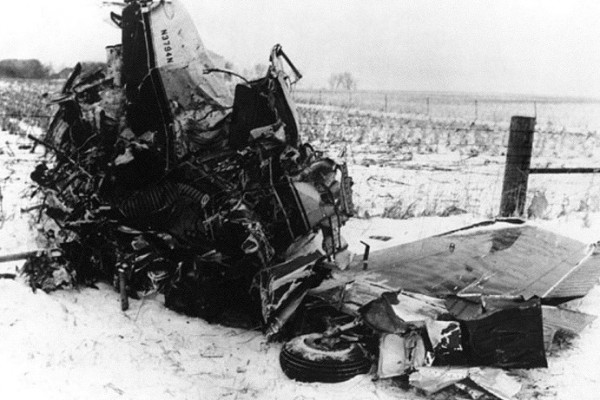February 3, 1959: The Day the Music Died
What is the greatest song of your generation? The song that made you think, or was an instrument of change? The song that defined a time period? For the era of the seventies, I would have to argue that it was the 1971 epic American Pie by songwriter and singer Don McLean. If songs can be tomes, American Pie is the poster child, and eight and one half minutes.
It is filled with all sorts of lyrics that can be interpreted in different ways. Even the length is purported to have meaning. In the 70s, radio stations did not play songs longer than three minutes and thirty seconds. The song was released as an A/B side 45 that I played to death on my stereo phonograph.
The seeds of that classic were planed on this date in 1959, “the day that the music died.” McLean wrote the song in the middle 60s and recorded it in 1971. Don McLean was a paperboy in New Rochelle, New York. As he bundled papers on the morning of February 4, 1959, he probably read the headlines about the tragic plane crash that had taken the lives of Buddy Holly, Ritchie Valens and the Big Bopper.
The three (probably the “trinity” referred to in Pie) were part of a traveling concert series criss-crossing t he Midwest during the winter of 1958-59. Six of long bus rides in buses with heaters that did not work properly, After their performance in Clear Lake, Iowa on February 2, 1959, Buddy Holly chartered a Beechcraft Bonanza aircraft to carry him and his band to the next gig in Moorhead, Minnesota. His band members included Waylon Jennings, Tommy Allsup and Carl Bunch. Carl did not fly since he had suffered frostbite three days earlier and was hospitalized. The Big Bopper had the flu and requested Jennings’ seat. Ritchie Valens and Allsup flipped a coin for the other seat, and Valens won the toss, but would lose his life.
The plane, piloted by 21 year old Roger Peterson took off from Mason City, Iowa in cold but decent weather at 1:05 a.m. But according to Sean Potter in an excellent article in this month’s Weatherwise magazine, he did not receive all of the weather information that he needed. A cold front was moving southeastward across North and South Dakota.
As Peterson checked the weather along the route of his flight to Fargo, North Dakota. The terminal forecast for Fargo called for snow showers, but nothing that would prevent Peterson from making the flight. He was only rated for visual flight rules. But Potter reports that Peterson was not given two important flash reports from Minneapolis and Kansas City. The first warned of areas of snow with visibilities less than 2 miles, which would be marginal VFR conditions. The report from Kansas City warned of freezing drizzle and icing over much of Iowa.
The plane crashed a few minutes after takeoff just eight miles from the field at Mason City. Everyone on the plane was killed in the crash.
It was “the day the music died” in the song.
Category: Met 101/Weather History


















